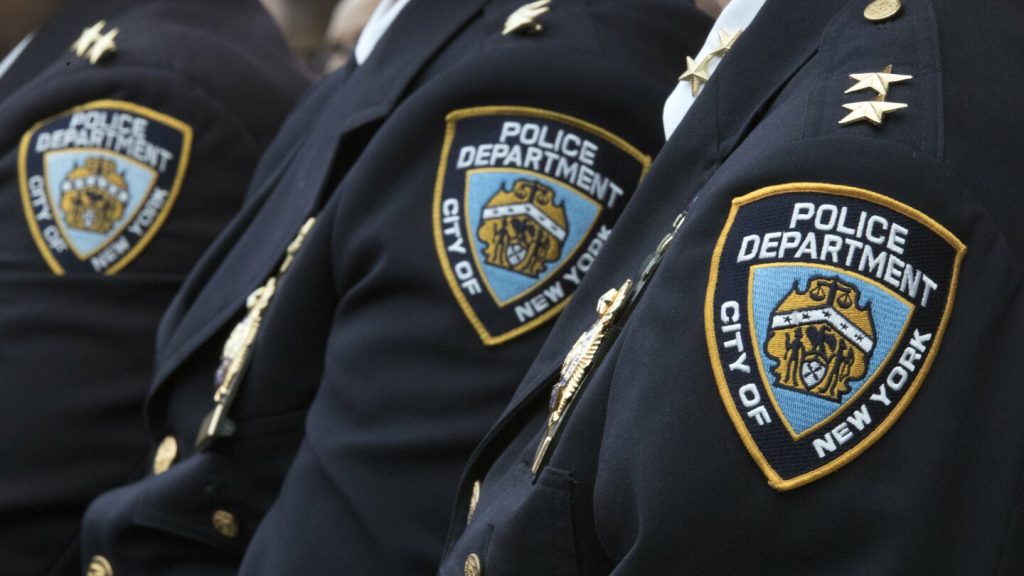In a recent city audit, it was found that the ShotSpotter gunfire location and detection system used by the New York Police Department has a low rate of confirmed shootings, resulting in officers responding to false alarms 87 percent of the time. The audit, conducted by New York City Comptroller Brad Lander, revealed that the system led to officers spending thousands of working hours responding to unfounded reports of gunfire, costing the city precious time and money. Lander recommended that the city should not renew its contract with SoundThinking, the company that developed ShotSpotter, without a more thorough performance evaluation.
The NYPD has paid SoundThinking over $45 million between 2014 and 2023 for the use of the ShotSpotter system, with a potential total contract amount of nearly $55 million by the end of the current contract in December. The system employs more than 2,000 acoustic sensors to detect gunshot activity throughout the city. In response to the audit, the NYPD spokesperson mentioned that the officers responding to ShotSpotter alerts serve as a form of crime deterrent by investigating the scenes. The department also highlighted the challenge of determining how many alerts result in confirmed shootings due to the various factors involved in identifying such incidents.
SoundThinking, the company behind ShotSpotter, stated that it is reviewing the audit report but believes it is “gravely misinformed” in its assessment of the system’s data and value as a public safety tool. The company argued that the audit focused on the wrong metrics and emphasized the accuracy and effectiveness of the system in saving lives in communities affected by gun violence. According to Lander’s audit, unconfirmed shootings accounted for 80% to 92% of alerts during the eight months audited between 2022 and 2023, leading to over 7,000 incidents that did not turn out to be confirmed shootings. Despite some criticisms, more than 160 cities nationwide continue to use ShotSpotter.
Earlier this year, Chicago decided to stop using the ShotSpotter technology, joining other major cities like Atlanta, New Orleans, and Charlotte, North Carolina. Critics of the system have cited its high cost, inefficacy, and potential racial bias. In Chicago, community groups raised concerns in legal filings about false gunshot reports sending police into predominantly Black and Latino neighborhoods, leading to unnecessary and hostile encounters. Despite these criticisms, ShotSpotter remains in use in many cities across the country, with ongoing debates about its effectiveness and impact on policing practices.
Overall, the city audit of the ShotSpotter system in New York highlights the challenges and complexities of utilizing technology for gunshot detection and location. While the system aims to improve public safety by providing rapid response to gun violence, the high rate of false alarms raises questions about its cost-effectiveness and the allocation of police resources. The findings of the audit call into question the value of renewing the contract with SoundThinking and suggest a need for a more comprehensive evaluation of the system’s performance and impact on community safety.


